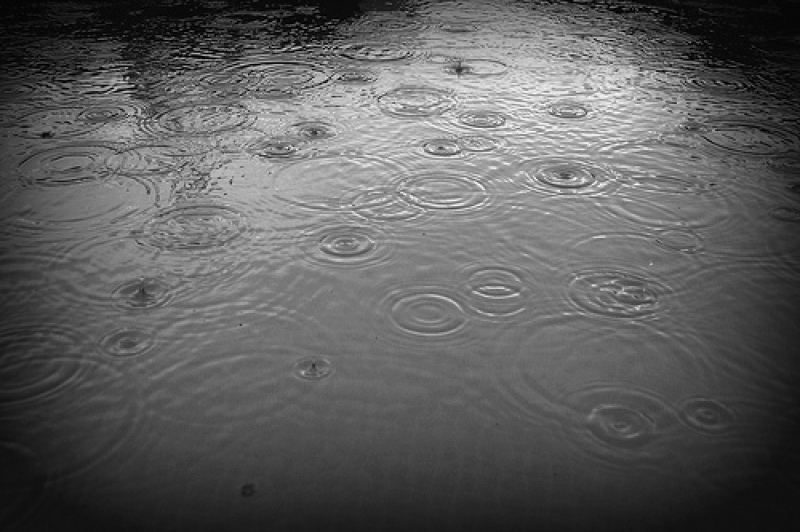
Researchers from the Massachusetts Institute of Technology were able to discover where the distinct smell of rain comes from, the Washington Post reported.
Using a high-speed camera, the research team was able to see how raindrops produce aerosols that give this natural phenomenon its unique aroma.
According to an explanation by Australian researchers in 1964, the scent, dubbed as Petrichor, is formed after plant oils mix with geosmin, a chemical compound that is released from the soil when it gets wet.
But a recent study conducted by MIT researchers offers an answer on how the aroma spreads through the air. Through footages captured by high-speed cameras, they were able to see that each raindrop contains tiny air bubbles.
As the raindrops hit the ground, the bubbles disperse and create solid and liquid particles that fly up in the air.
According to Cullen Buie, a mechanical engineering assistant professor at MIT and member of the research team, the aerosols created by the bursting of the bubbles spread the smell that people associate with rain.
"They talked about oils emitted by plants, and certain chemicals from bacteria, that lead to this smell you get after a rain following a long dry spell," he said in a statement.
"Interestingly, they don't discuss the mechanism for how that smell gets into the air," he added. "One hypothesis we have is that the smell comes from this mechanism we've discovered."
Aside from its effect on the scent of rain, the researchers also theorized that the aerosols might contribute to the spread of soil-based diseases. Since soil can host various virus-carrying bacteria such as E. coli, the study could also shed light on how illnesses spread during the rainy season.
"This finding should be a good reference for future work, illuminating microbes and chemicals existing inside soil and other natural materials, and how they can be delivered in the environment, and possibly to humans," Youngsoo Joung, an MIT post doctoral student and co-author of the study said.



















